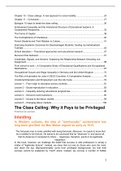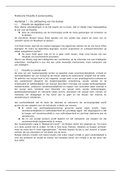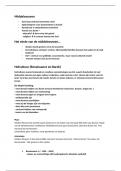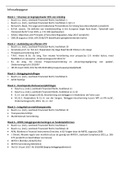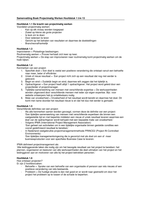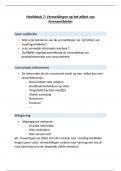Samenvatting
FULL Summary of The Class Ceiling, Friedman & Laurison
- Instelling
- Universiteit Van Amsterdam (UvA)
- Boek
- The Class Ceiling
A complete summary of the book 'The Class Ceiling' by Sam Friedman and Daniel Laurison. Written in Dutch from introduction to epilogue.
[Meer zien]
